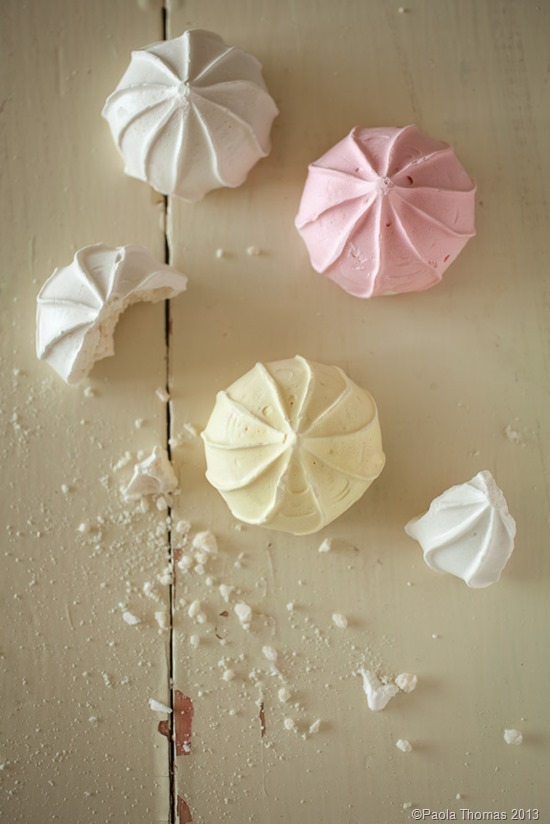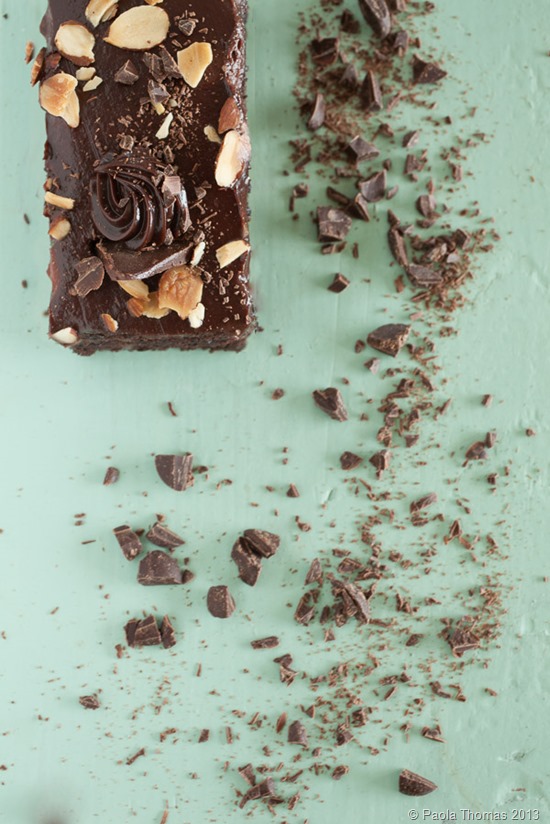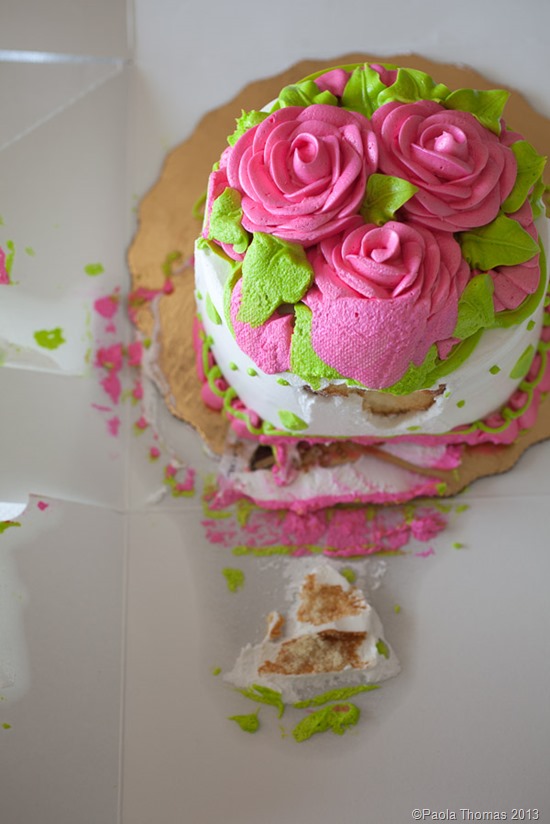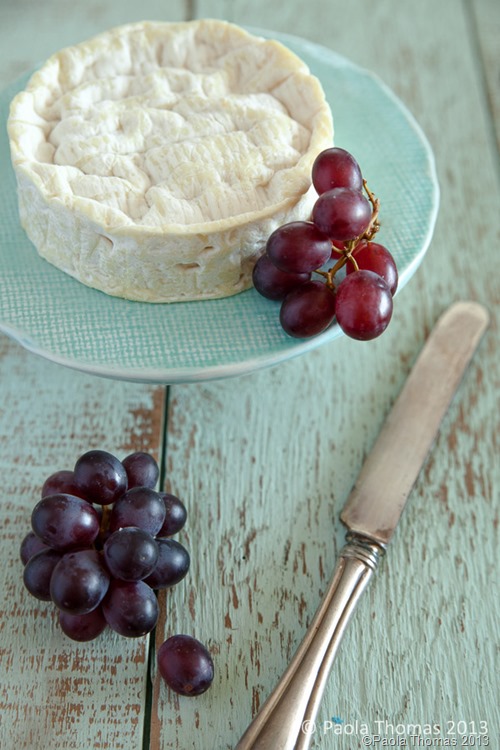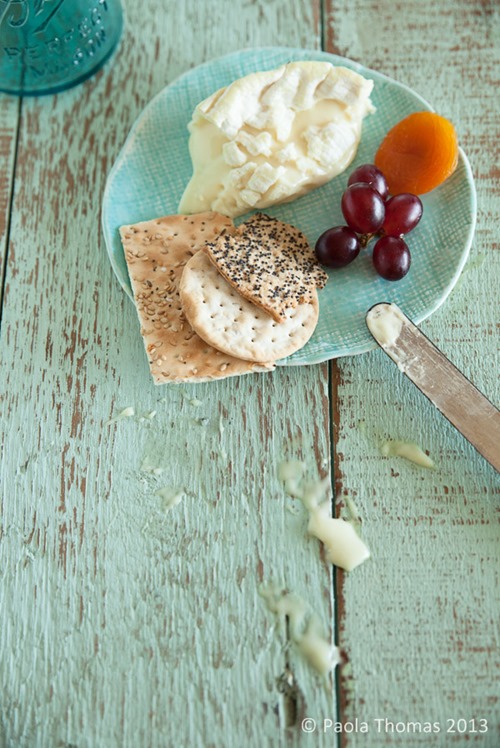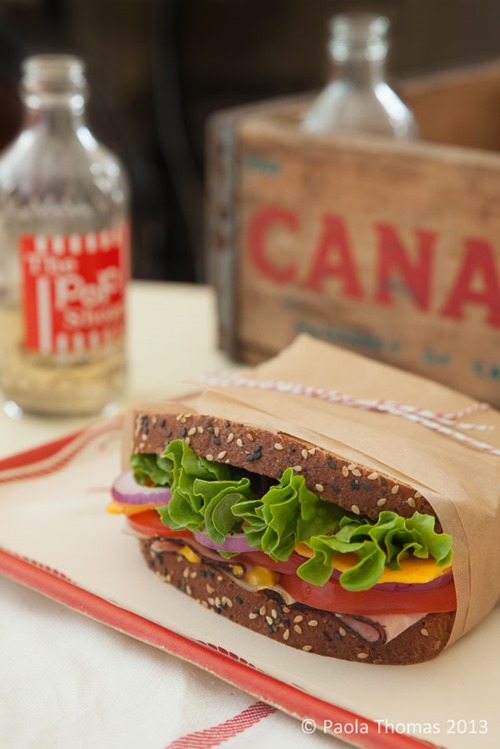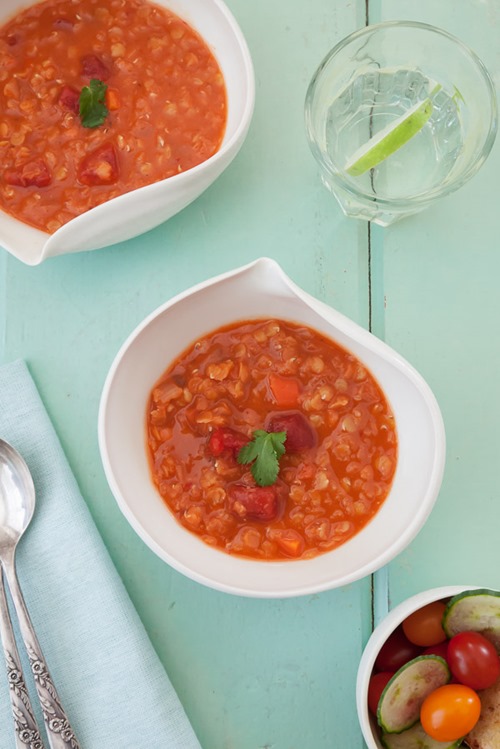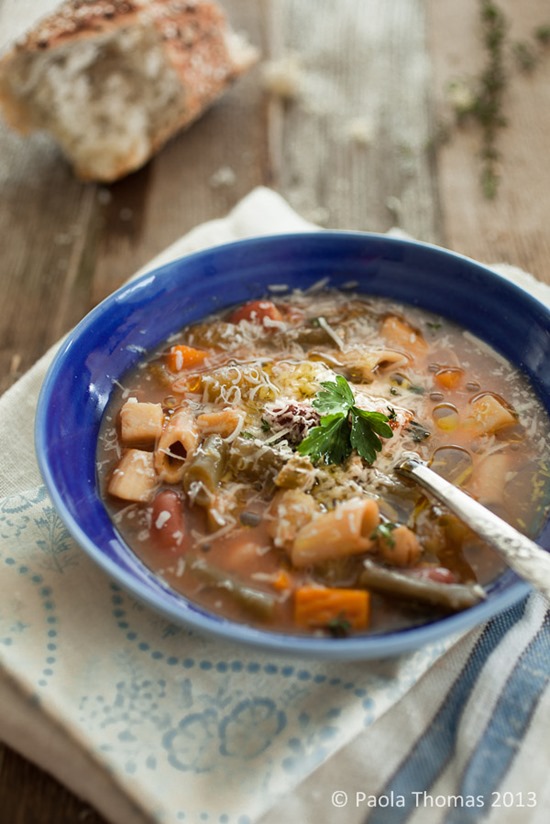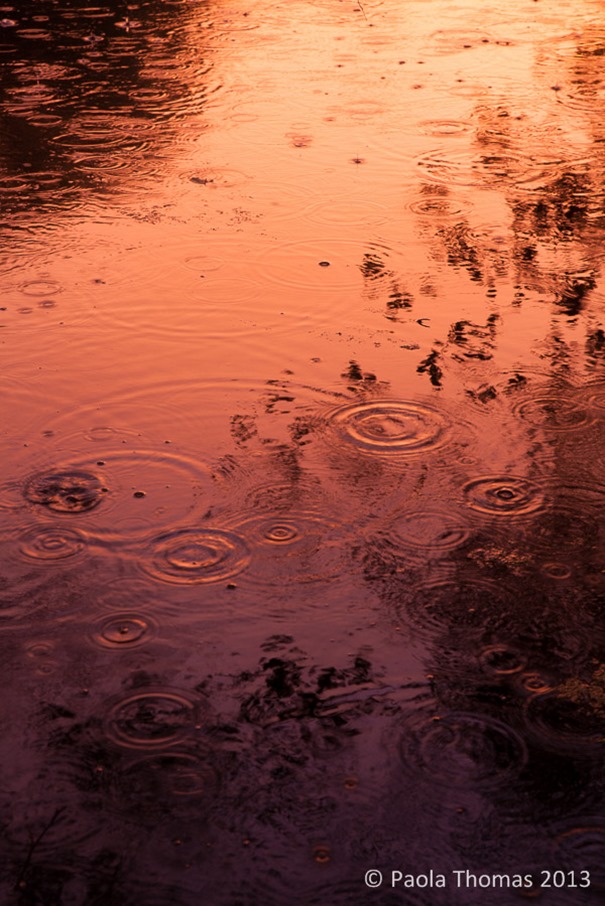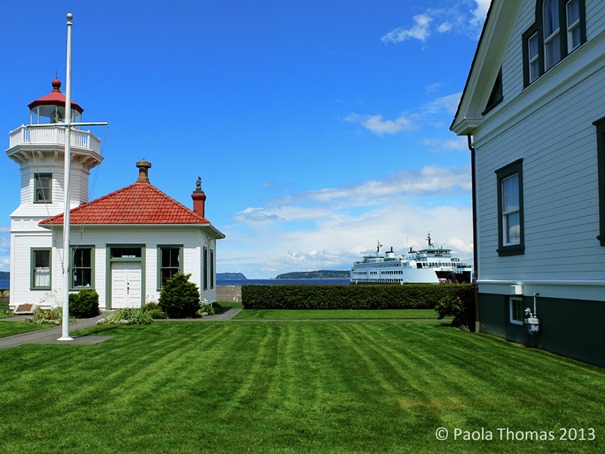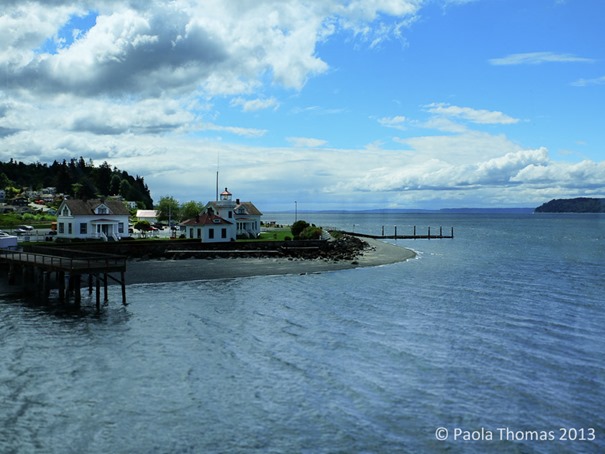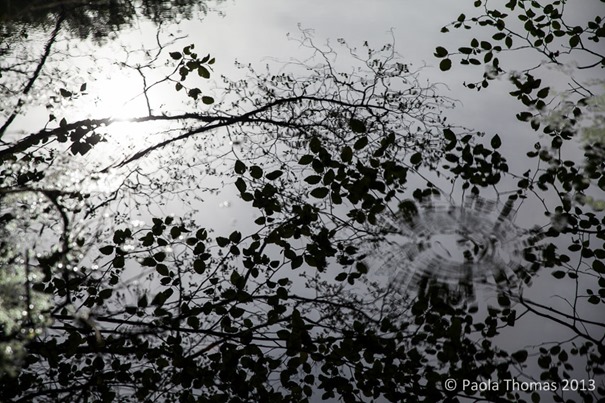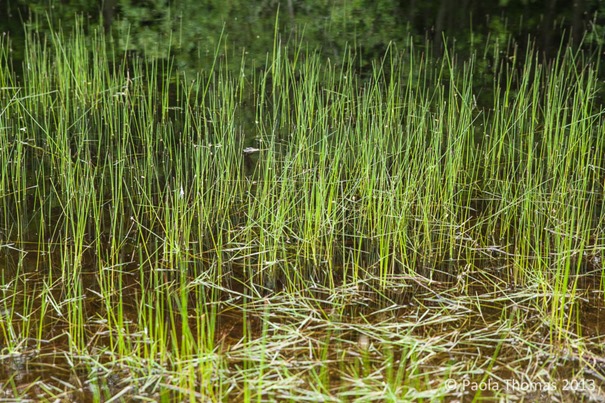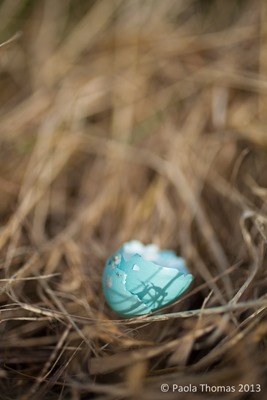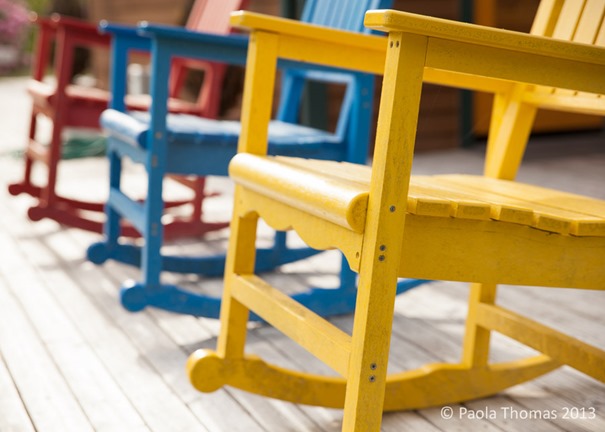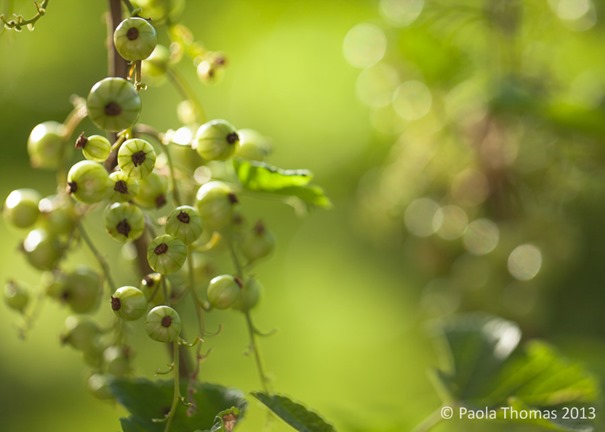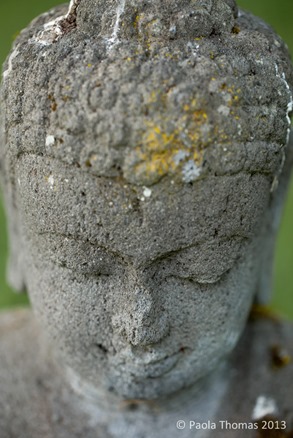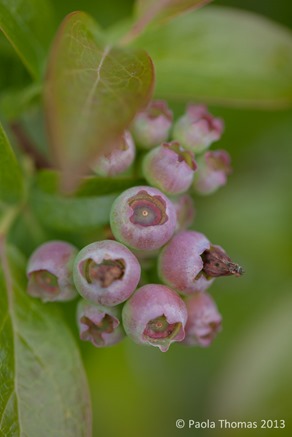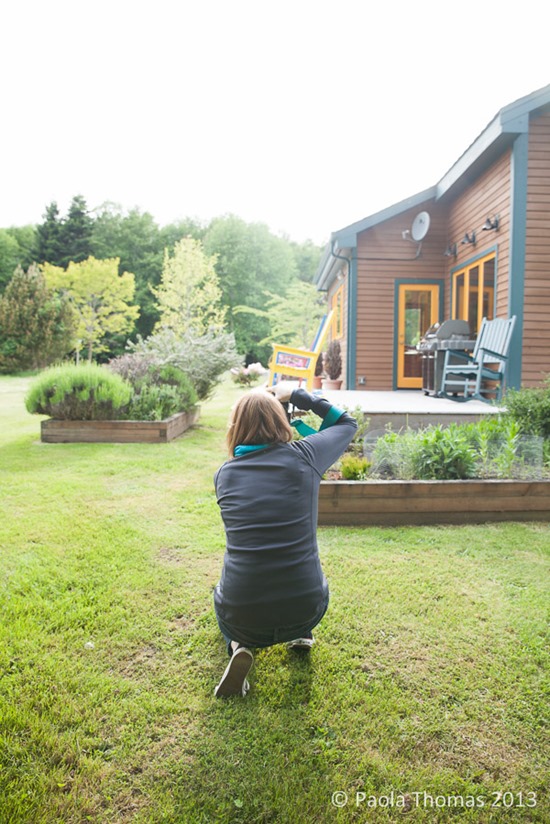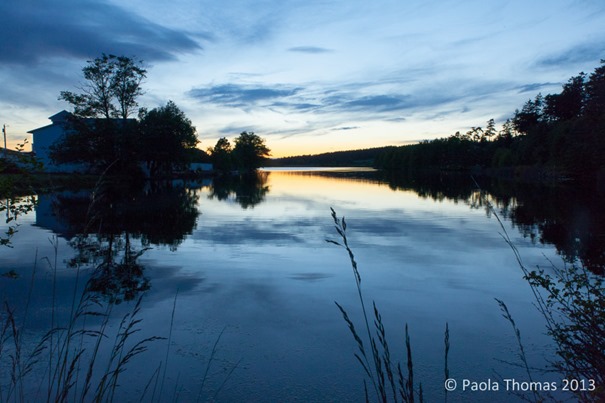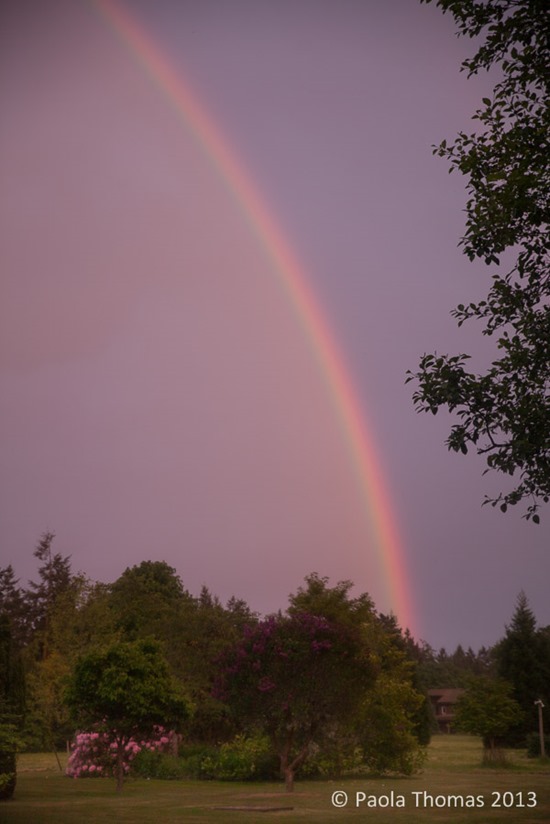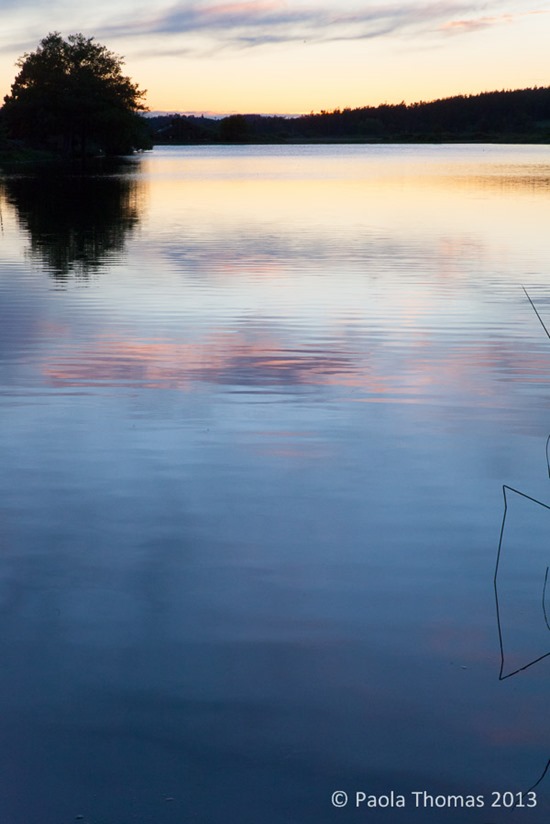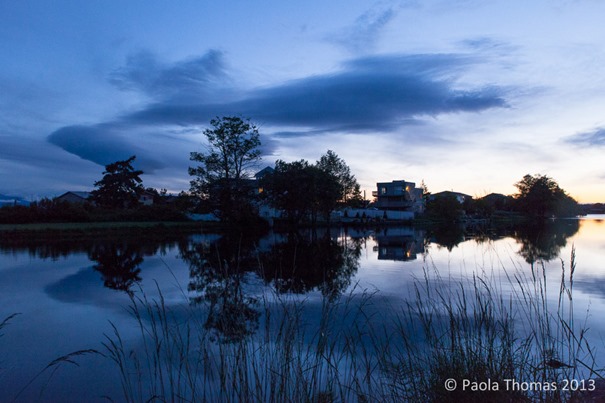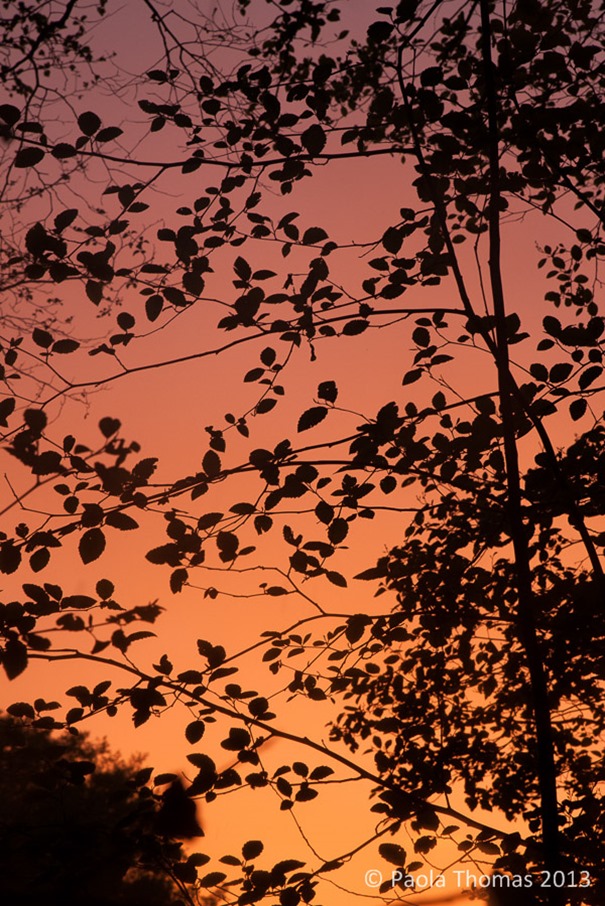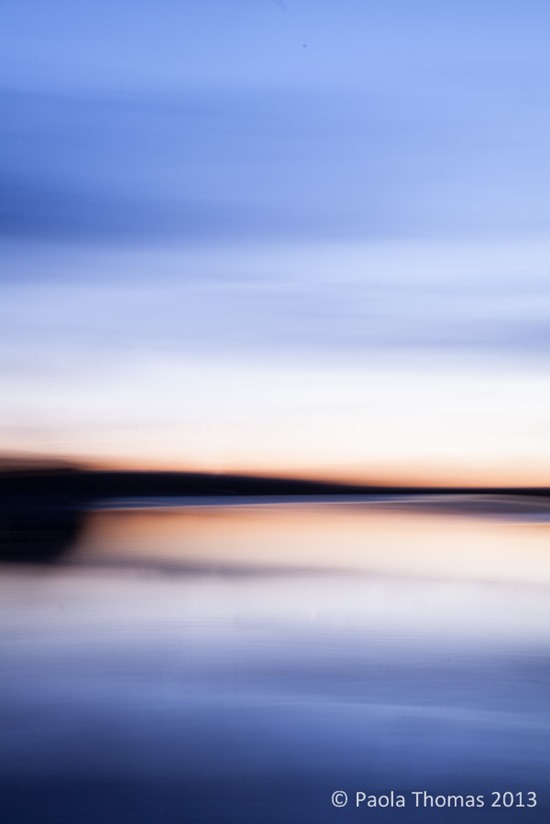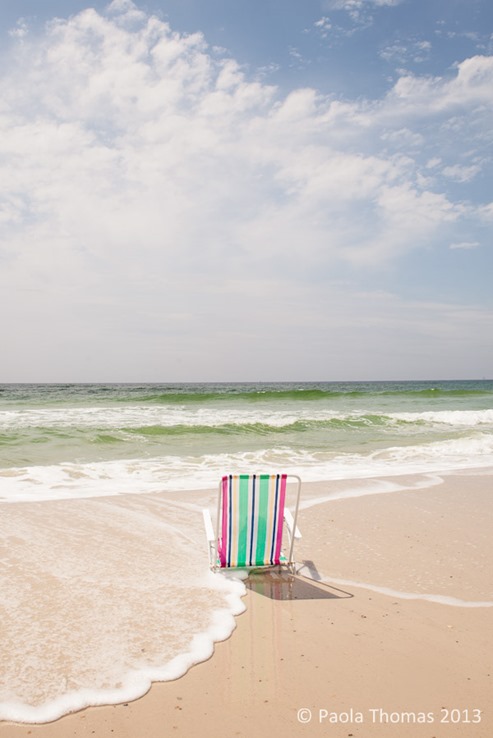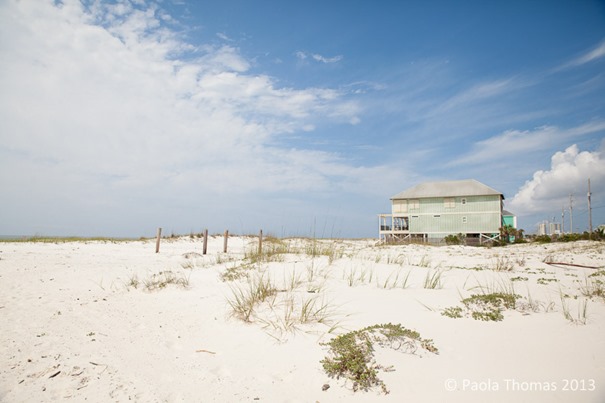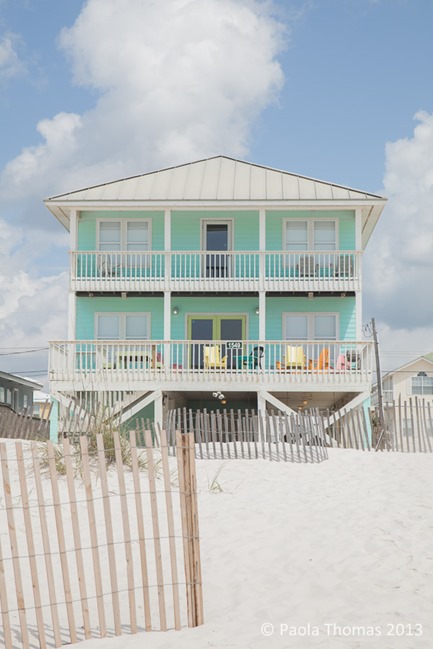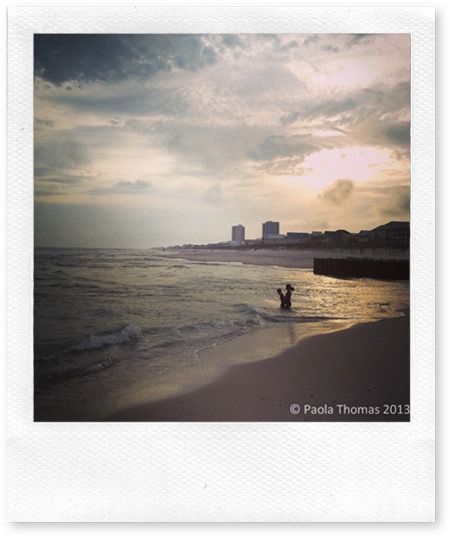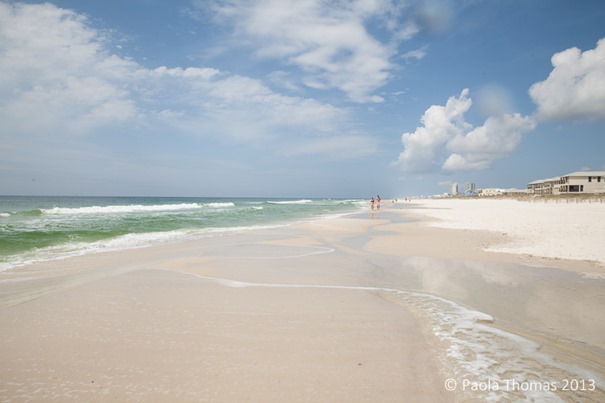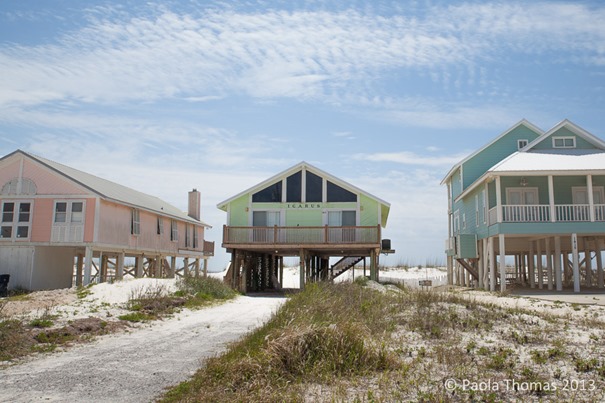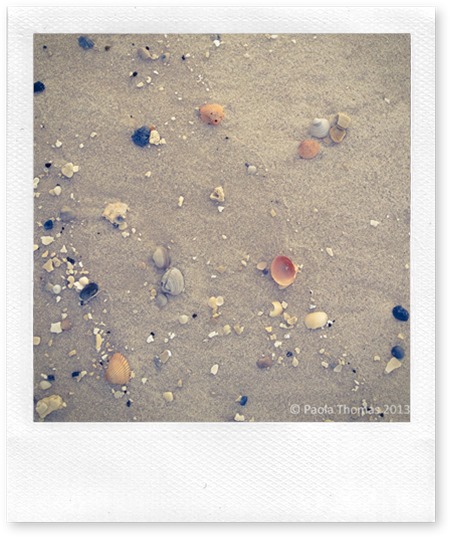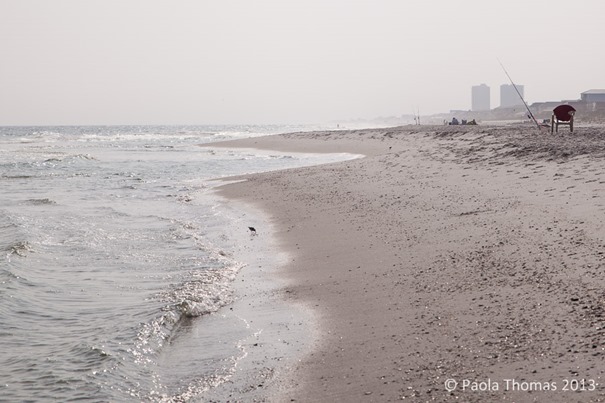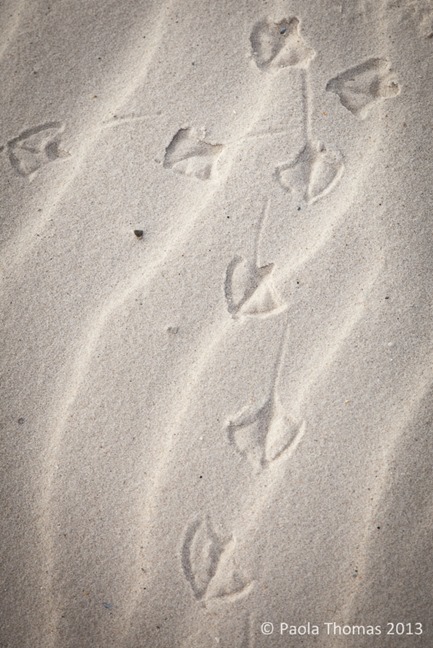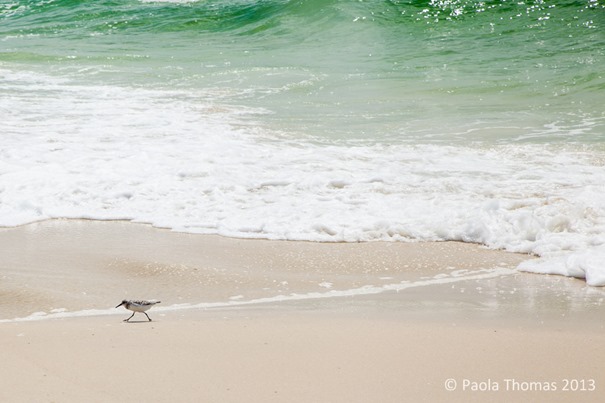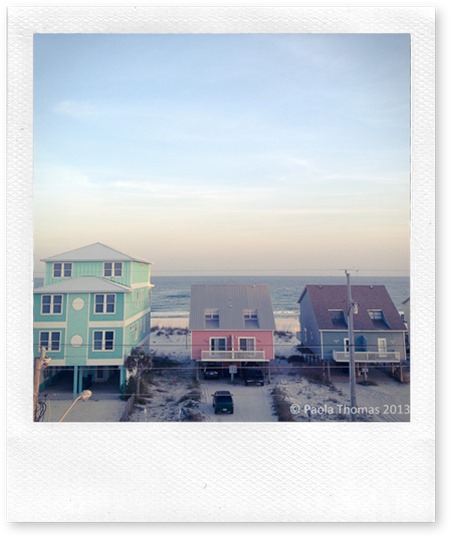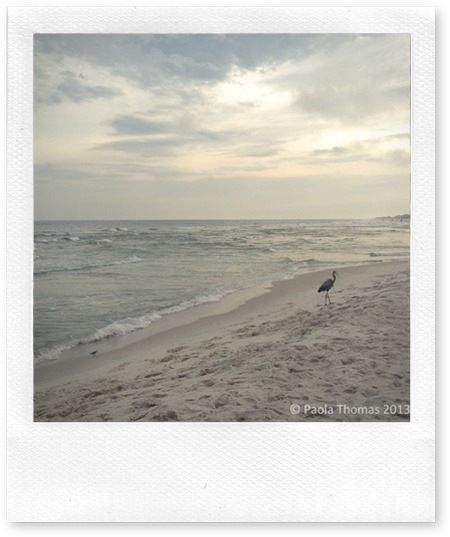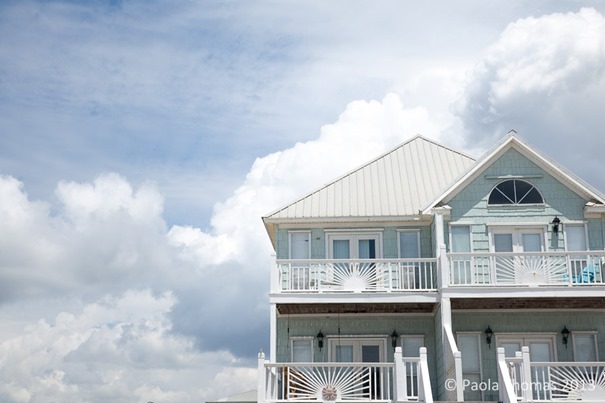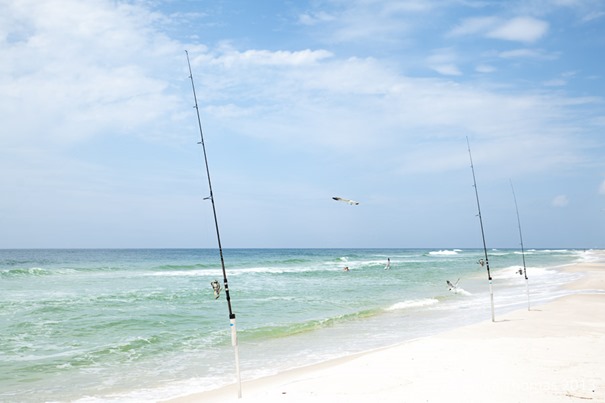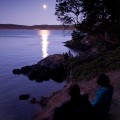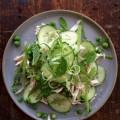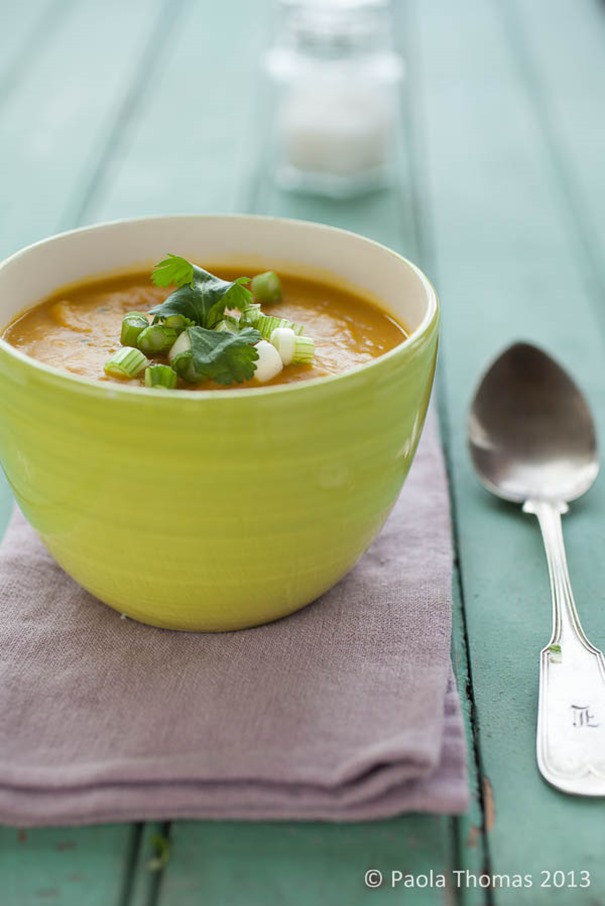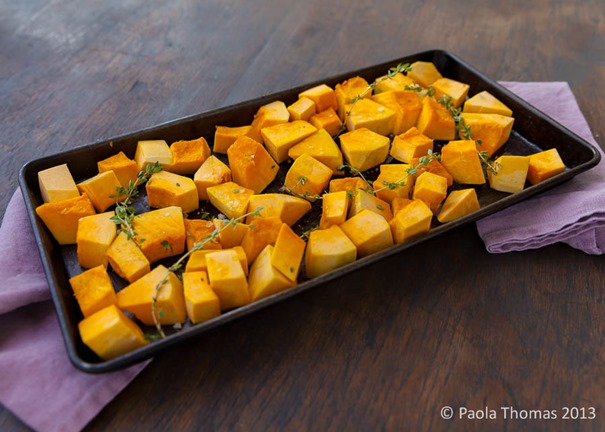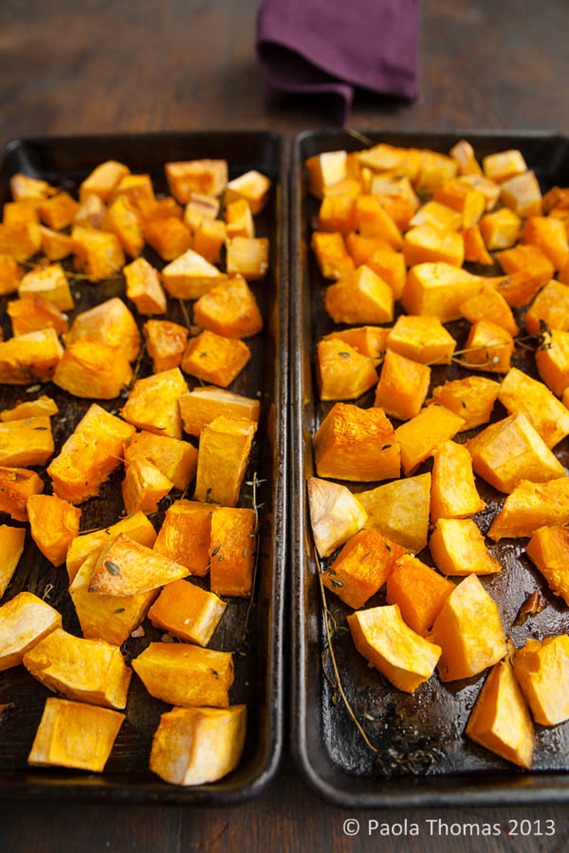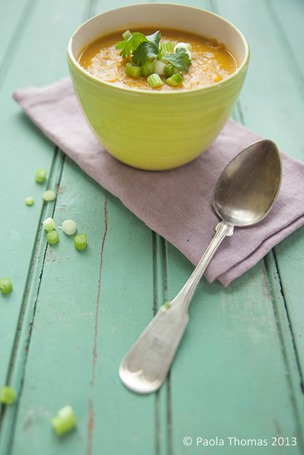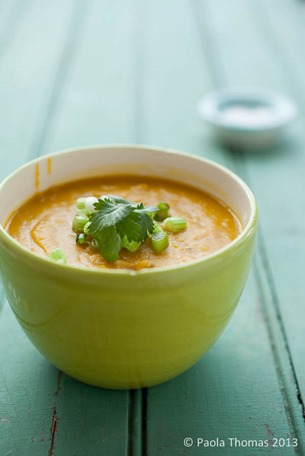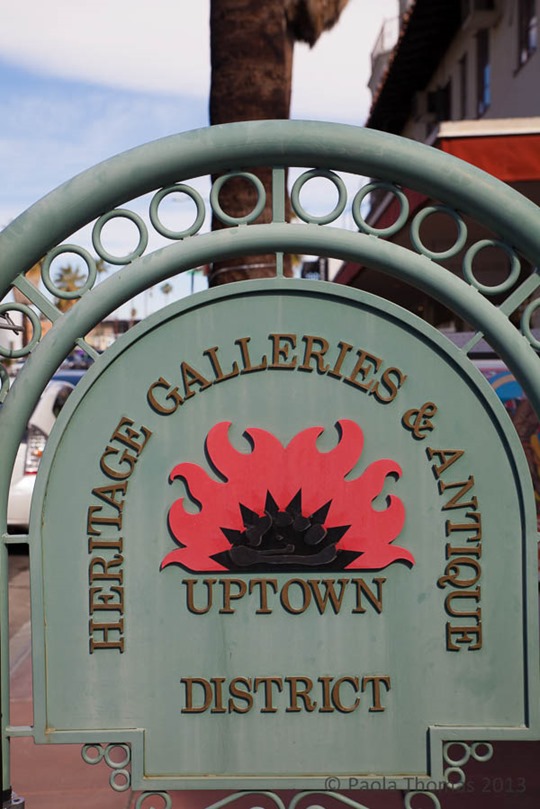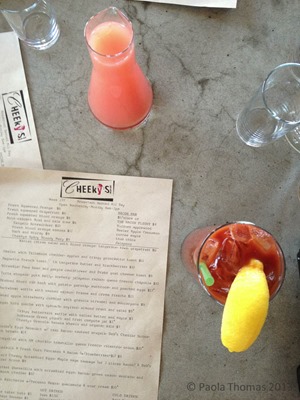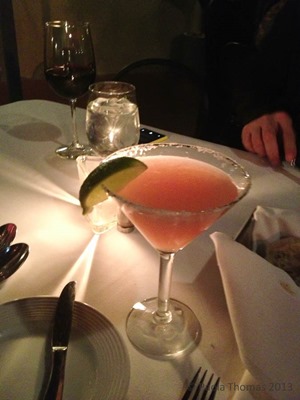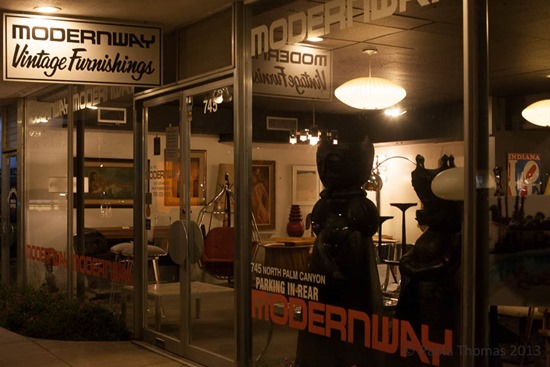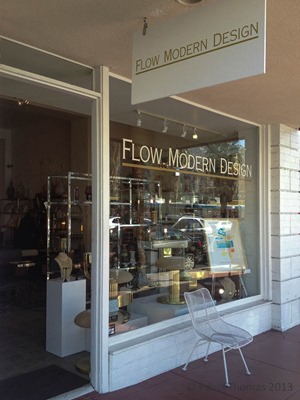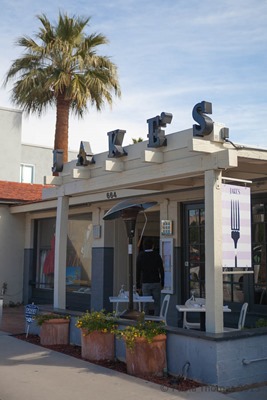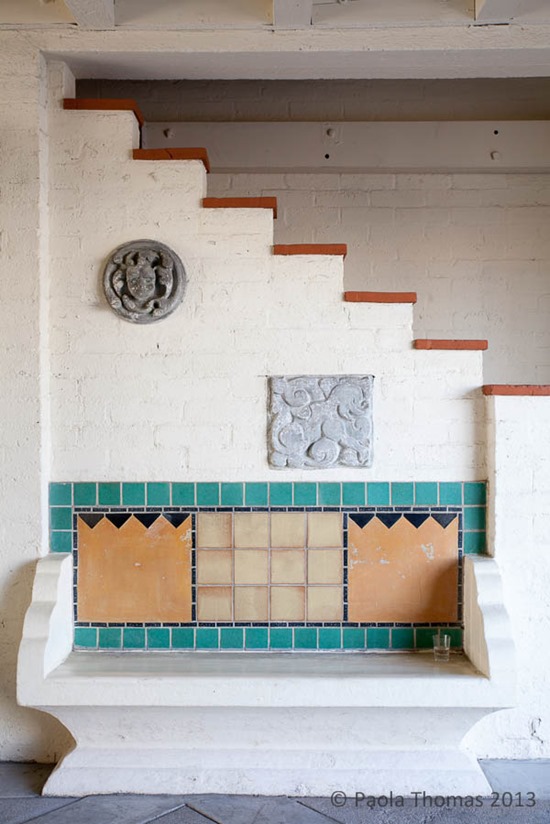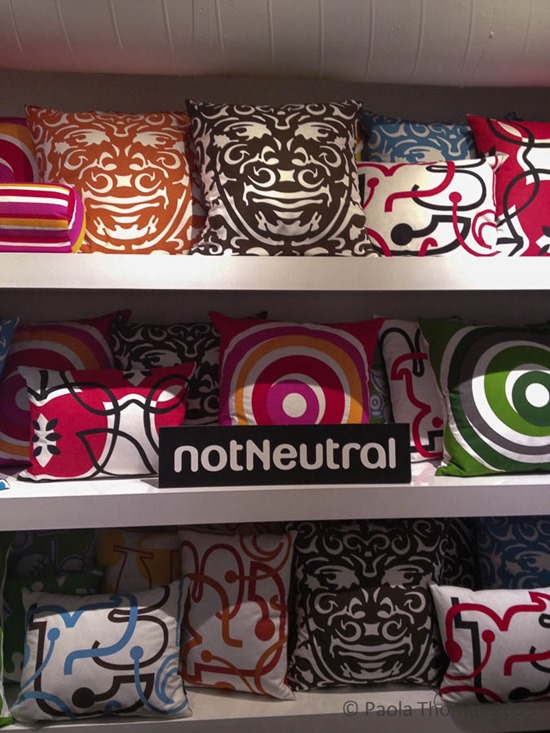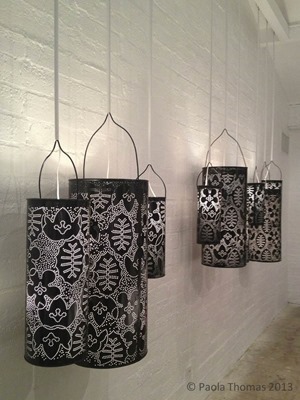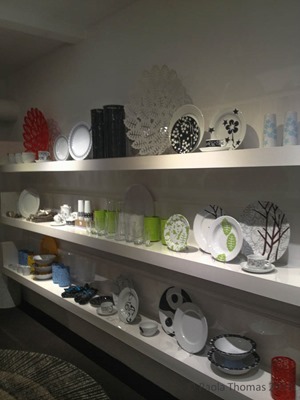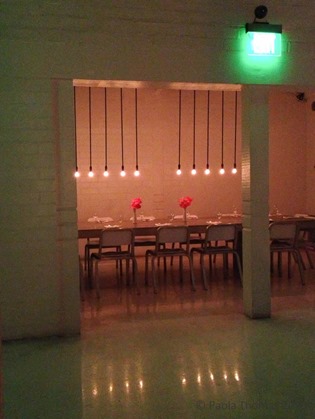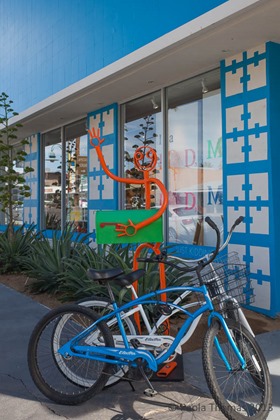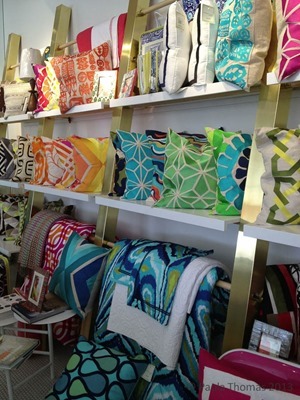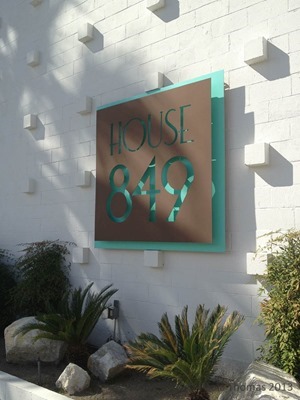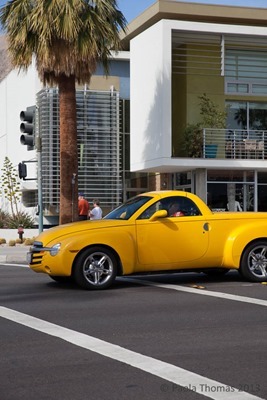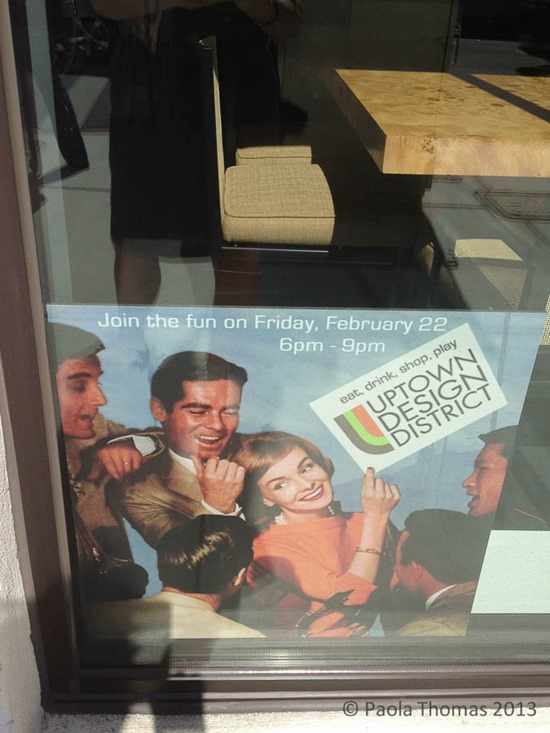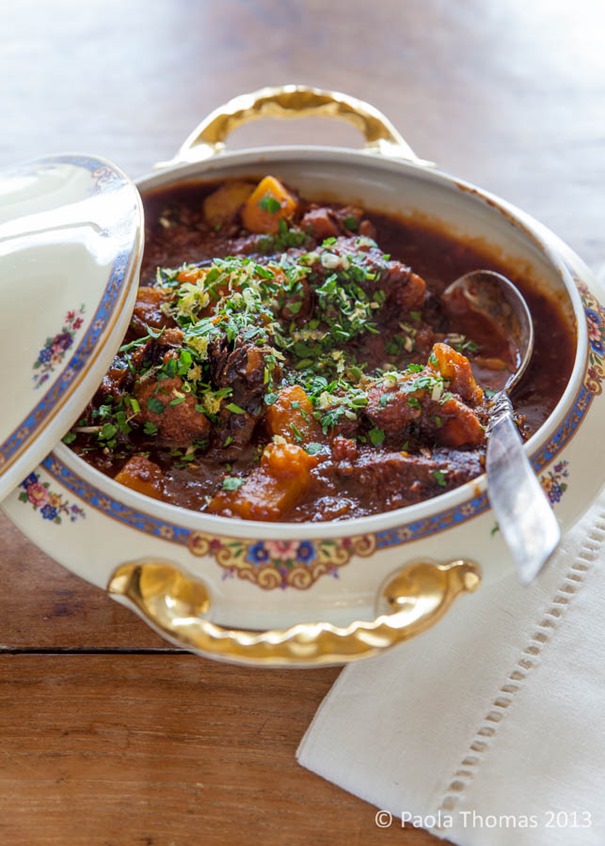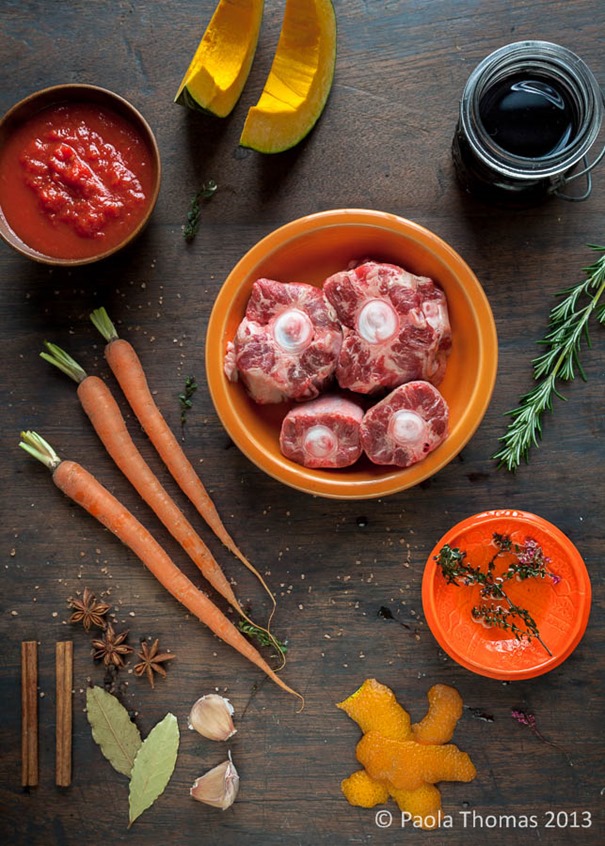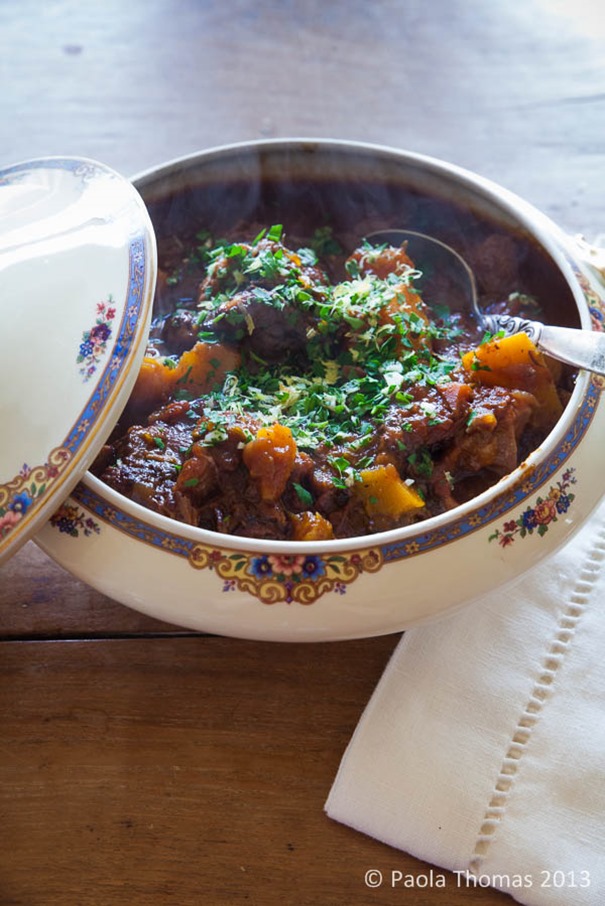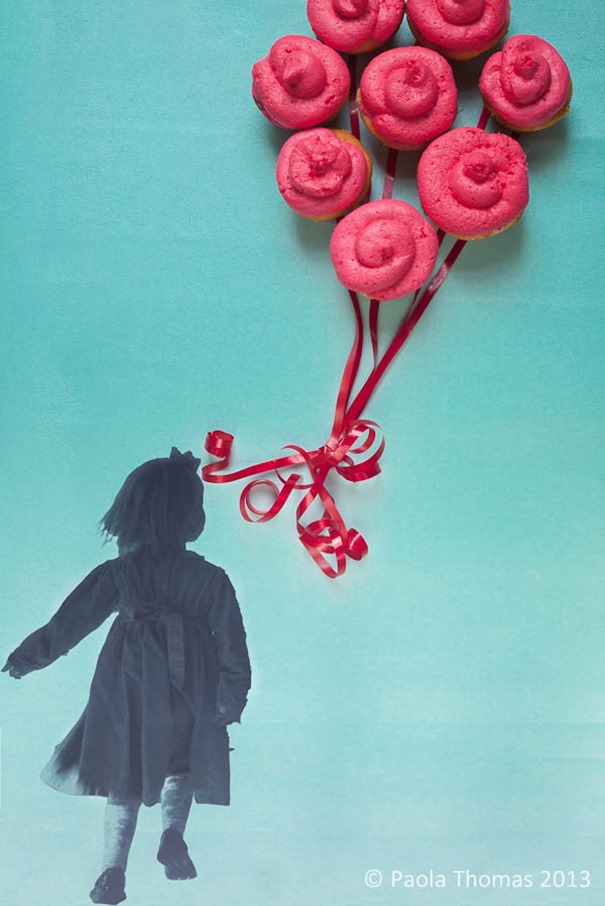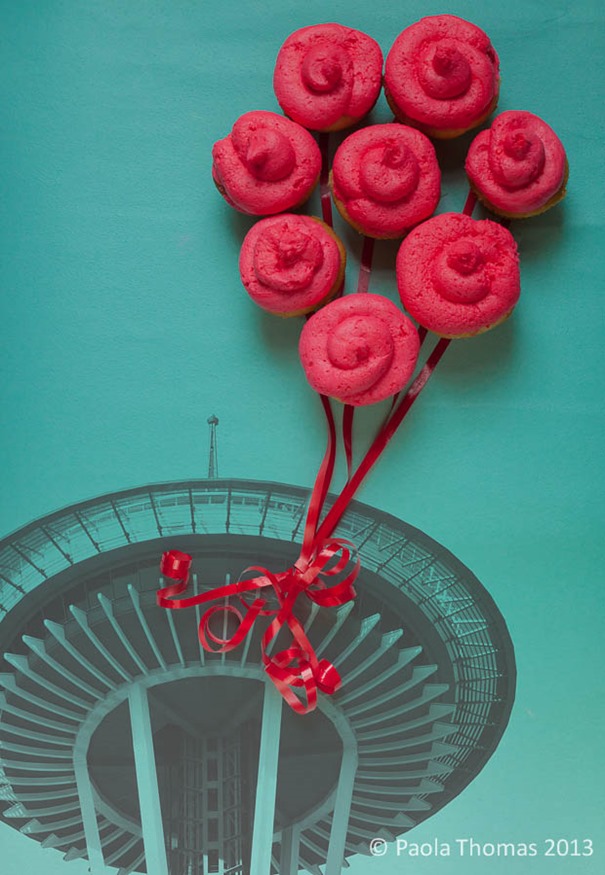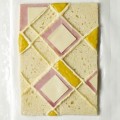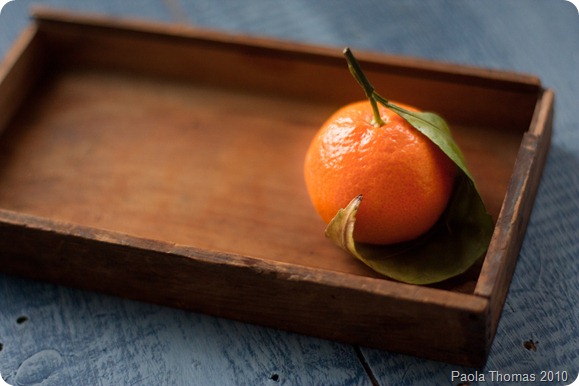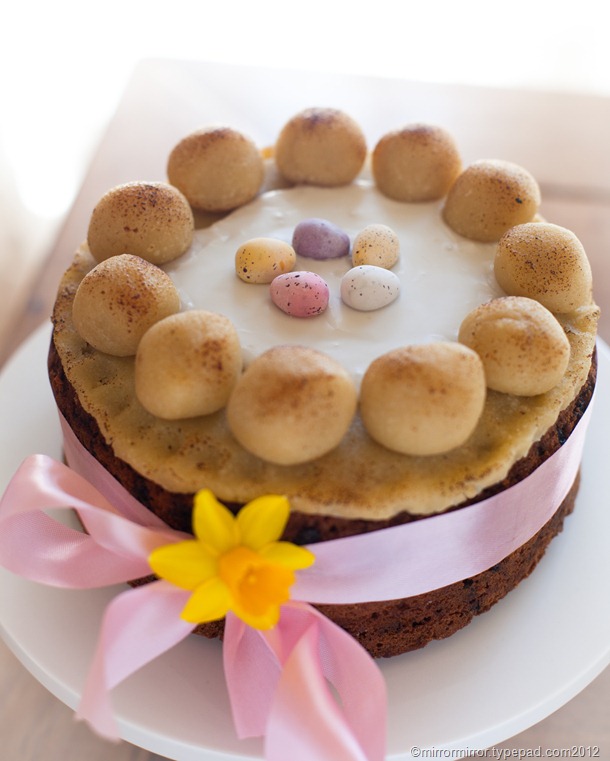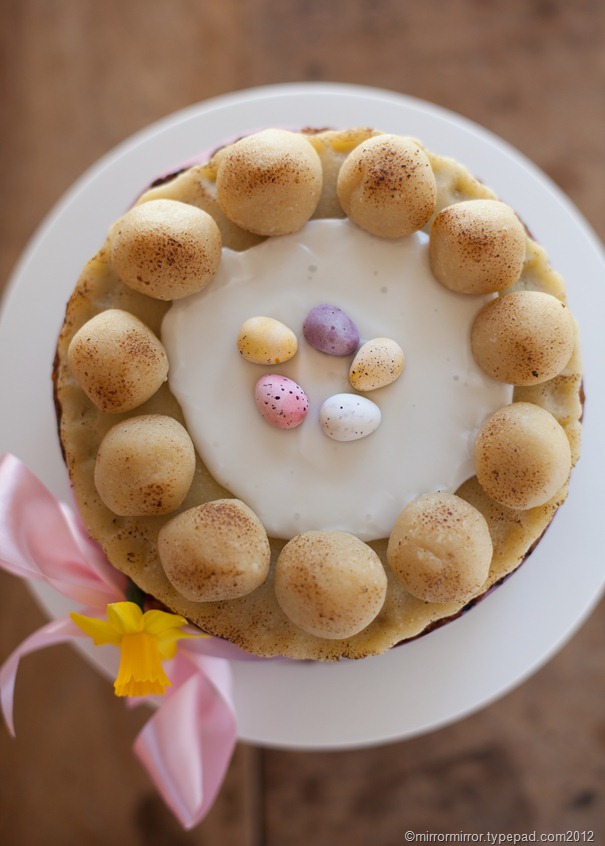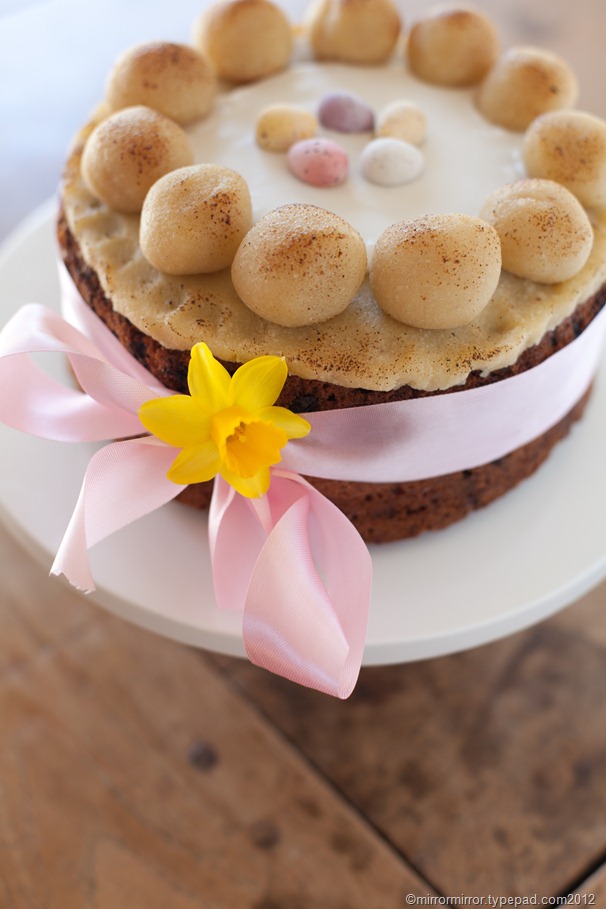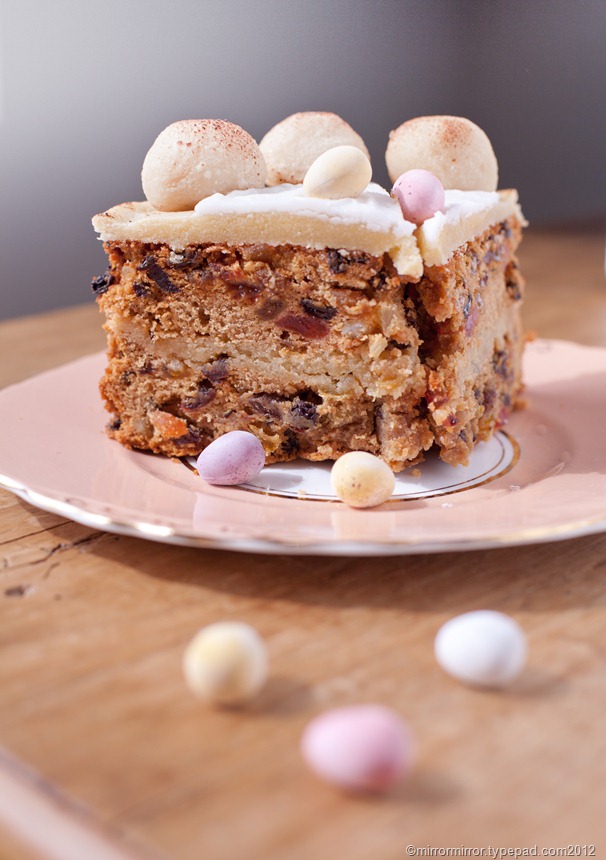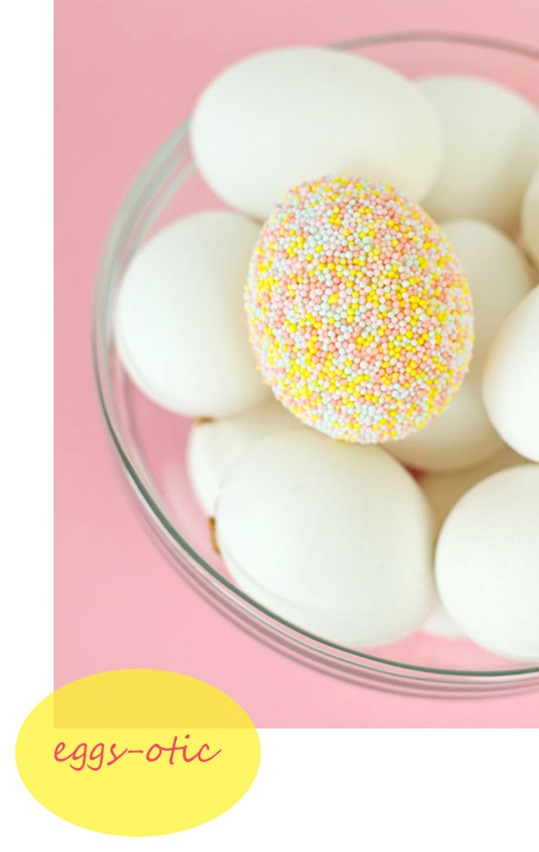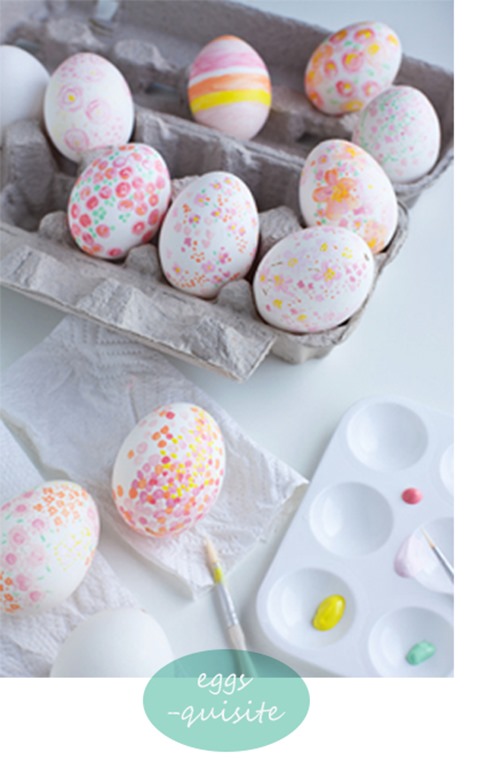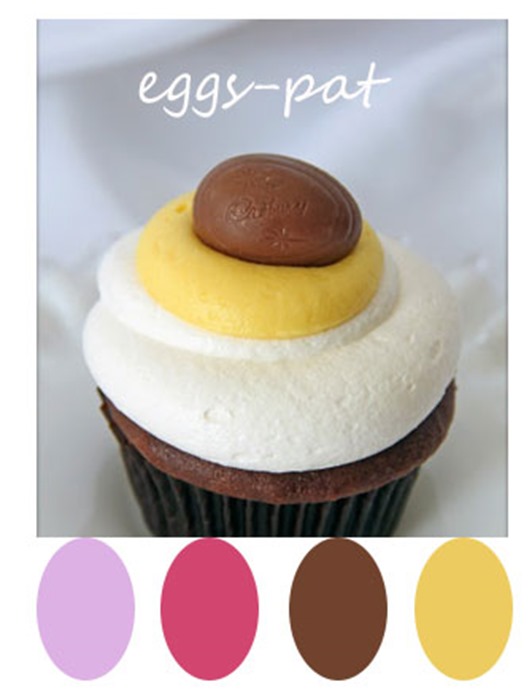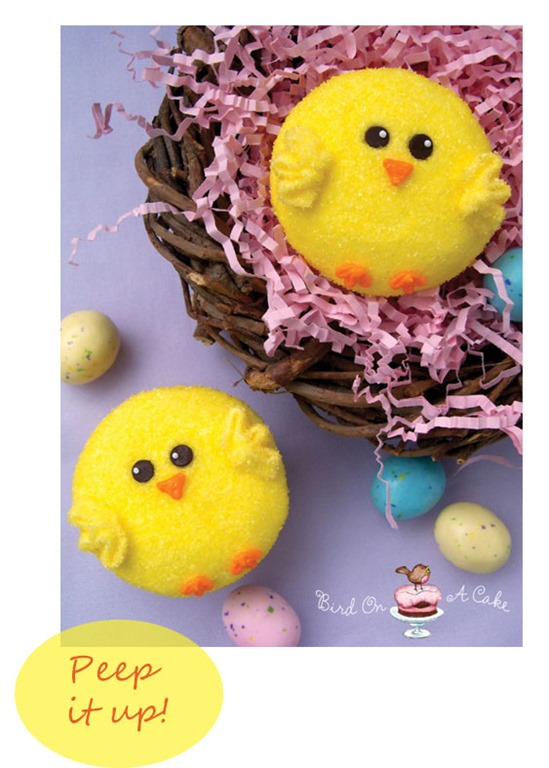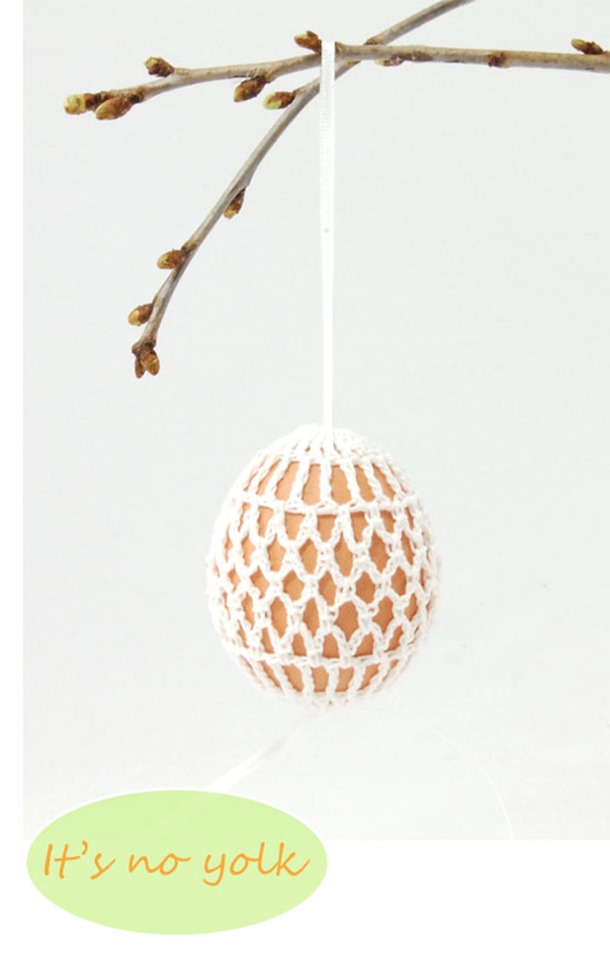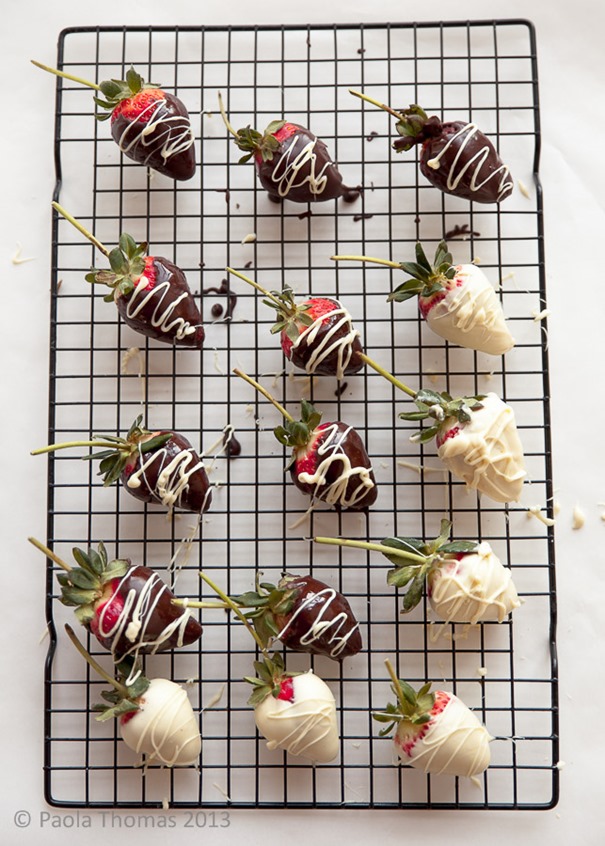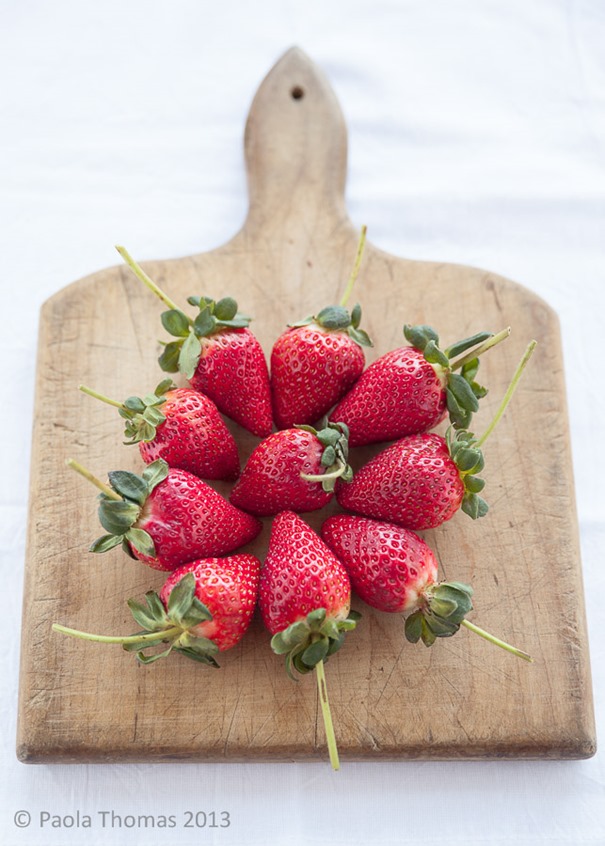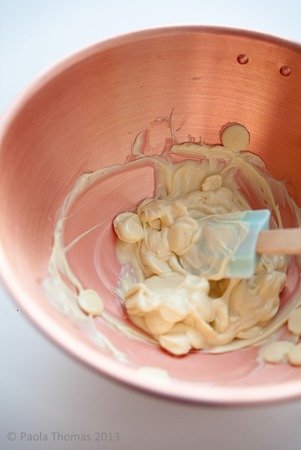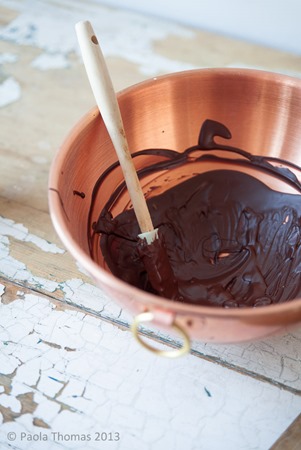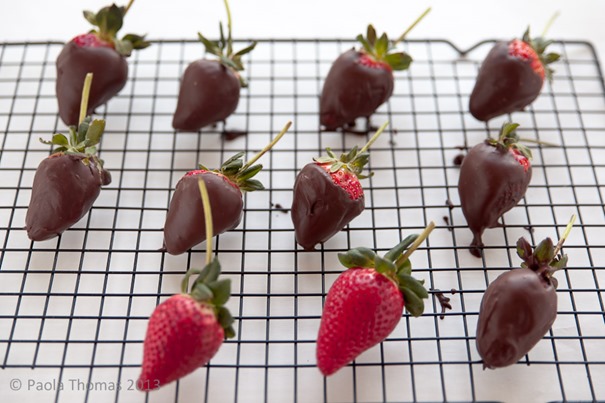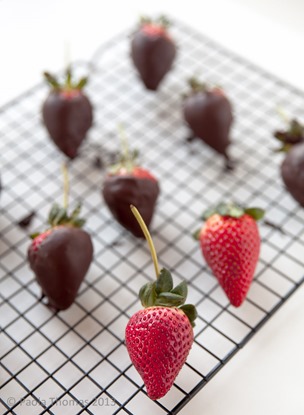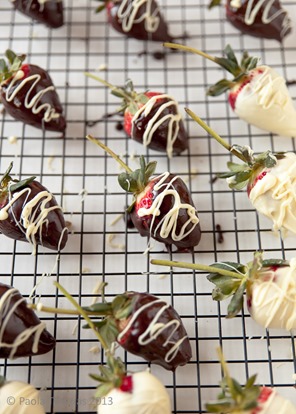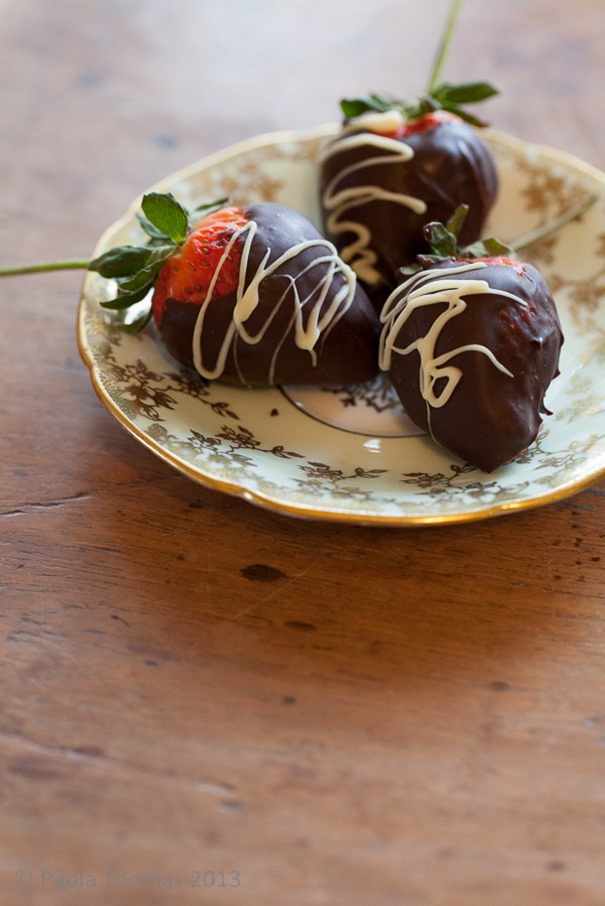It’s already been more than a month since I went to Gulf Shores, Alabama to learn about food photography and styling from the masters (mistresses?) – Helene Dujardin, Senior Photographer at Oxmoor House and of Tartelette blog fame, and Clare Barboza, whose gorgeous photography studio I’ve been renting here in Seattle.
I wanted to show you the photos I took while I was there. Part of my difficulty in summing up my weekend is that I was both immensely inspired and enormously frustrated.
I want to do this. I love doing it. There’s no reason why I shouldn’t be able to do it. But I’m not quite there yet.
For our first session we talked about using natural light for food photography and the importance of bending it, shaping it, softening it and brightening it, with bounces, scrims and reflectors, to get exactly the effect that we want. And we were given a bunch of beautiful desserts to play with.
Although many props were available I wanted to style things simply and just focus on playing with light for this session. I know quite a lot about this stuff now after attending so many workshops, but this was actually quite tricky for me as the southern light was so very different from the softer light I’m used to here in Seattle. In Alabama the light had to be scrimmed (using only window blinds) instead of augmented, and finding that sweet spot between harsh and flat was tricky.
This is one of my favourite pictures that I took. One of the props, a beautiful cake, got dropped and squashed before we started. It’s more of a ‘found’ picture than a ‘made’ one – not a lot of styling and propping involved in this one – but it’s a interesting perspective on cake and I loved the way the light plays across and shapes the roses on the top.
For our second assignment we were talking more about composition and propping and had a selection of appetisers to photograph.
I still find propping a table setting so that it looks real yet beautiful to be a challenge, so this was a tricky for me, though it was super fun to play with all of Helene’s glorious props and backgrounds.
It was in this session that I learned a very valuable lesson. I was so busy making sure that the light on the grapes and on the top of the cheese and on the knife handle looked beautiful, that I omitted to notice that I wasn’t showing any of the bottom of the small pedestal stand the cheese was on and so the cheese looks like it’s hovering a few inches off the table.
And I managed to do that in every. single. one of the shots I took this session, so they all featured flying saucer cheese, most even more ludicrously than this, with the cheese plate seemingly floating over the knife.
So I ended up submitting a plate of runny cheese and crackers for the critique at the end.
Our next assignment was very fun. After watching a Helene and Clare both give a styling and propping demonstration during which they made it look SO easy, we were told to split into teams of two where we would take it in turns to be the stylist and the photographer, and given two very different real world assignments, so we had to style to spec.
I was paired with the lovely Michael and our first assignment was entitle Diners, Drive-Ins and Dives. I was delighted to find out that he had been on a previous Helene workshop where learned to style the perfect sandwich, so he was the food stylist, I was the photographer and we worked on the prop styling together.
This again was a stretch for me but I was pleased with how this worked out, though it’s not my usual thing.
Our next assignment was for something Colourful and Contemporary, so I chose to style the fabulous red lentil soup we’d had for lunch. The gorgeous bowls are from Suite One ceramics (as are the textured cake stand and plate in the cheese shots). This assignment could have been made for me. I’m starting to realise that my ‘style’ is all about the juxtaposition of light, shape and colour. I was in charge of styling for his shoot and Michael was in charge of photography. Looking at the photo now, I wish we’d done a little bit more with the light.
Our final assignment was pretty challenging. We all had to choose a can of soup and make it look appetising. Not easy when you see what’s in these things. In honour of my Italian heritage I decided to go with a minestrone and chose a rustic styling, which again is not quite my usual thing.
I think I made the soup look vaguely edible, but I wouldn’t exactly call it appetising. What are those pallid beige cubes floating around in there?
Do you know what the single most inspiring thing about this weekend was though? Meeting Helene. You already know from her blog that she’s funny, charming, delightful and talented, but in real life she just crackles with enthusiasm and energy and she’s just so darn good at her job. Watching her prop a shoot, with meticulous attention to detail, knowing just where to put each element and making it all look so easy, is quite simply awe-inspiring. (I will gush separately about Clare when I recap the Whidbey Island workshop).
If you’re interested in this stuff and can get to one of her workshops you really mustn’t hesitate.
And what was my ultimate takeaway from the event? It showed me that I really, really, REALLY want to do this. I find the whole interplay between food, tableware, light, colour and composition to be endlessly fascinating and challenging. I could do it all day.
So I’m putting it out there to the universe now. I want to be a food photographer.
Stay tuned.
With heartfelt thanks to Laura Vein and Libby Stephens who made the most unbelievable food and looked after us all like mother hens all weekend (oh and buy Laura’s preserves – they are divine). And thanks also to Marilyn, Jerry, Tiffany, Gale, Janice, Karen, Serina, Paula, Nancy, Michael, Sharon and Kara for being such hugely fun, talented and inspiring companions.
